CadnaR (Computer Aided Noise Abatement) is a powerful software tool for performing the calculation and assessment of sound generated inside rooms and at workplaces. With its various features and software configurations, CadnaR covers the widest range of indoor acoustic applications from specific planning of noise level reduction measures in production plants to the optimization of rooms under consideration of psychoacoustic parameters.
CadnaA can be configured to meet the type of license, length of license, and industry needs. See below for more details!

CadnaR (Computer Aided Noise Abatement) is a powerful software tool for performing the calculation and assessment of sound generated inside rooms and at workplaces. With its various features and software configurations, CadnaR covers the widest range of indoor acoustic applications from specific planning of noise level reduction measures in production plants to the optimization of rooms under consideration of psychoacoustic parameters.
CadnaR is the powerful software tool for the calculation and assessment of sound inside rooms and at workplaces. With its various features and software configurations, CadnaR covers the widest range of indoor acoustic applications from specific planning of noise level reduction measures in production plants to the optimization of rooms under consideration of psychoacoustic parameters.
Cloud Licensing is now available enabling users to use CadnaR without a USB dongle or hardware. Use cloud licenses in virtual environments like Amazon AWS or Microsoft Azure. Explore our Virtual Acoustic Camera for advanced acoustic analysis, smarter diagnostics and troubleshooting. CadnaR meets DIN 38457 for quality assurance of software for calculating noise at workspaces.
CadnaR features:
Advanced calculation technolgy: Highly efficient calculation techniques are implemented in CadnaR in order to address the widest range of indoor applications.
Intuitive analysis of results: CadnaR features for the analysis and further processing of calculation results make it the most flexible sound calculation program on the market.
Easy handling: Experience how complex indoor spaces are easily modeled by using CadnaR’s comprehensive interface and modelling features.
Powerful visual and aural presentation: In CadnaR, all result display and output possibilities are easy to handle and provide results in a convenient and reliable way.
This license uses a hardware USB dongle and is intended for individual users on a single machine.
Sharing of this license between multiple users allows for only one user at a time, as it requires handing over the hardware USB dongle.
This license uses a server hardware USB dongle to manage licenses centrally within a local network, allowing multiple users to share the license as long as the total number of concurrent users does not exceed the purchased license count. This type of licensing provides more flexibility for teams and organizations, though it requires the customer to set up and maintain the on-premise license server.
This license is the most flexible option. It eliminates the need for a hardware USB dongle and on-premise licensing infrastructure, as the licenses are managed through the DataKustik Cloud License Server. This model also simplifies remote access and home office setups, as no VPN or other local network configurations are required. A stable and permanent internet connection is required.
The monthly subscription offers the flexibility to add individual options to an existing product under subscription on a monthly basis. Cloud licensing is the only available licensing type.
The annual subscription is offered with either automatic renewal or as a fixed term. In the case of automatic renewal, the term shall be extended by a further 12 months if the contract is not terminated in writing no later than 60 days before the end of the respective term.
The perpetual license is a one-time purchase price for the software with single-user licensing at the latest software version available at the time of purchase.

CadnaR Base will help you with the calculation of sound pressure levels at single receiver points using the image source and particle calculation method (not in combination). Source types are limited to point sources, but any type of obstacle is allowed including barrier, box-type obstacle and polymesh. Import of text files (ASCII format) for geometries, spectra and directivities as well as import formats IFC, CLF, and Sketchup. For the time being, imports from the CadnaR.scan App (*.eox) are also included.
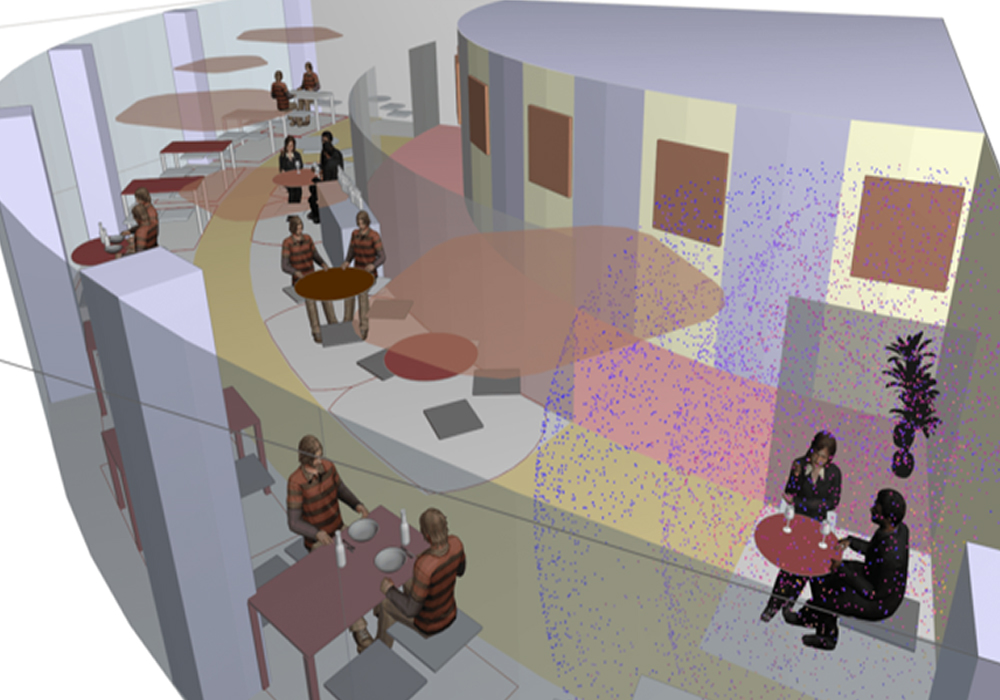
Option VIS: Visualization provides advanced visualization tools such as 3D calculation rays, particle animations, and high-resolution bitmaps (e.g., layout plans) to support model verification, enhance result interpretation, and improve presentations. Also includes support for importing textured 3D objects and displaying vertical and 3D grids for better spatial understanding.

Option Audio includes auralization and calculation of room acoustic and psychoacoustic parameters. Calculation of energetic impulse responses, echograms, reverberation time (T10, T20, T30), Speech Transmission Index (STI). Calculation of further parameters like e.g. Alcons, C80, D50, CIS and EDT.

Option T is a limited version of Option Audio for the calculation and graphical representation of reverberation time, (T20, T30).
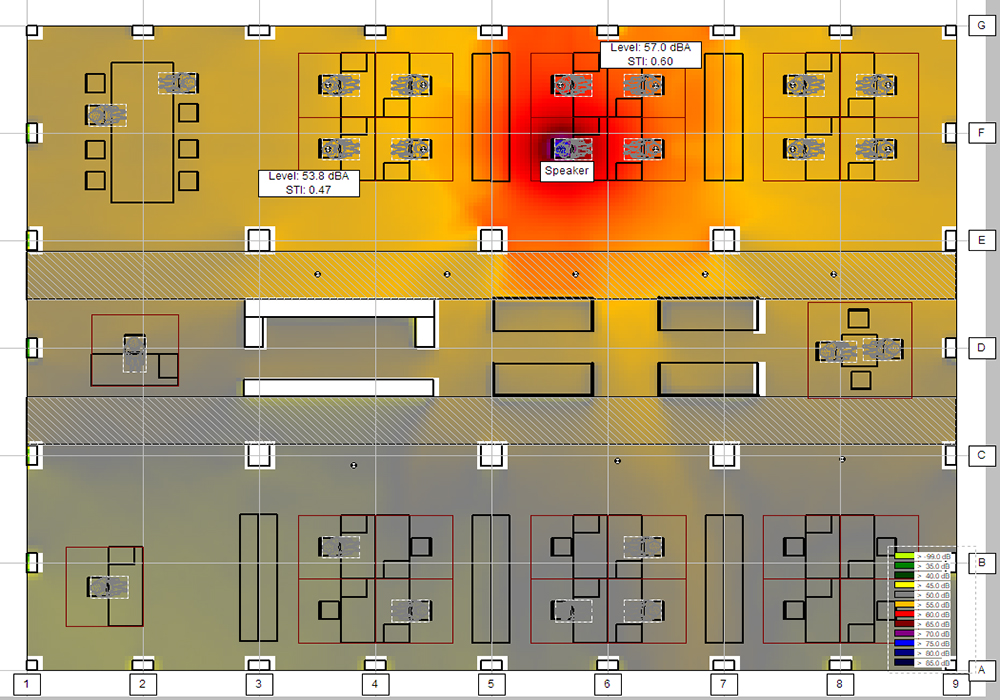
Option CAL: Calulation & Handling increases performance over CadnaR Base, plus additional calculation methods, and batch calculation. Expand your source types with line source and area sources. Calculation and visualization of the voxel grid allowed as well as usage of receiver chains, plot designer, and dosimeter features. Automatic calibration of absorption and scattering coefficients to achieve user-defined target reverberation time is also included.
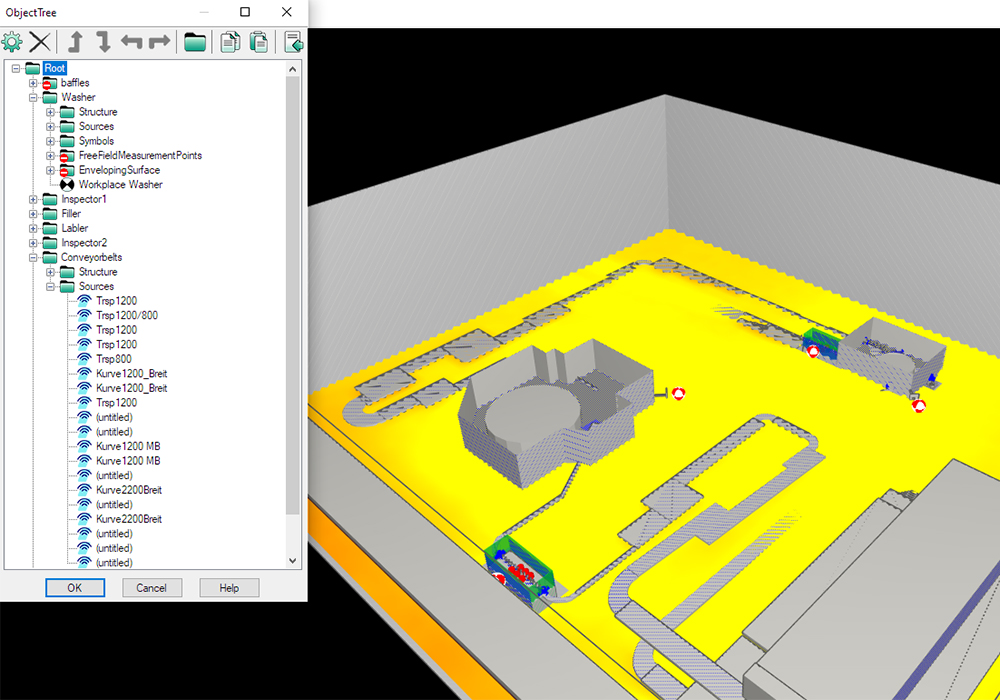
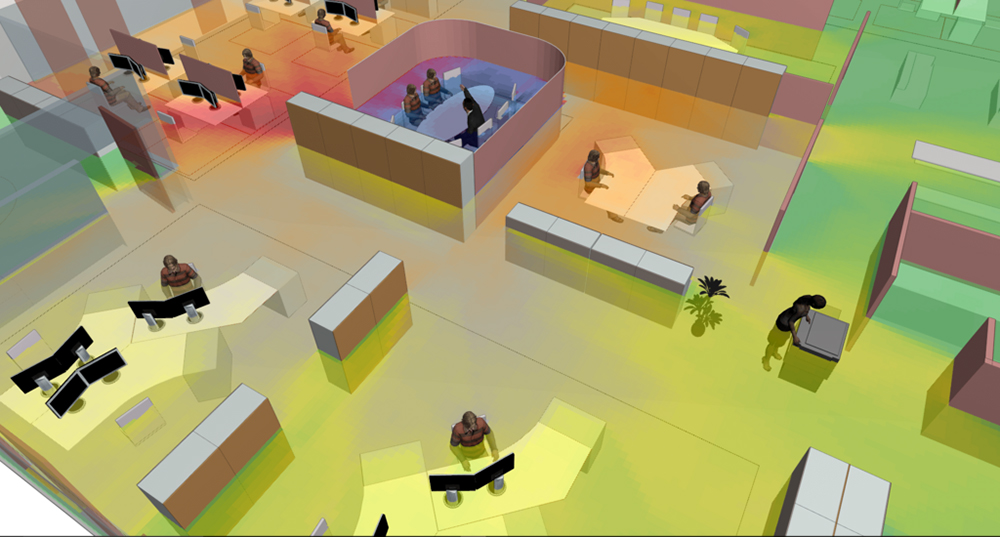
Option Office is a limited version of options CAL and ORG for the handling, evaluation and optimization of offices and open plan offices.
Usually combined with option T or option Audio.
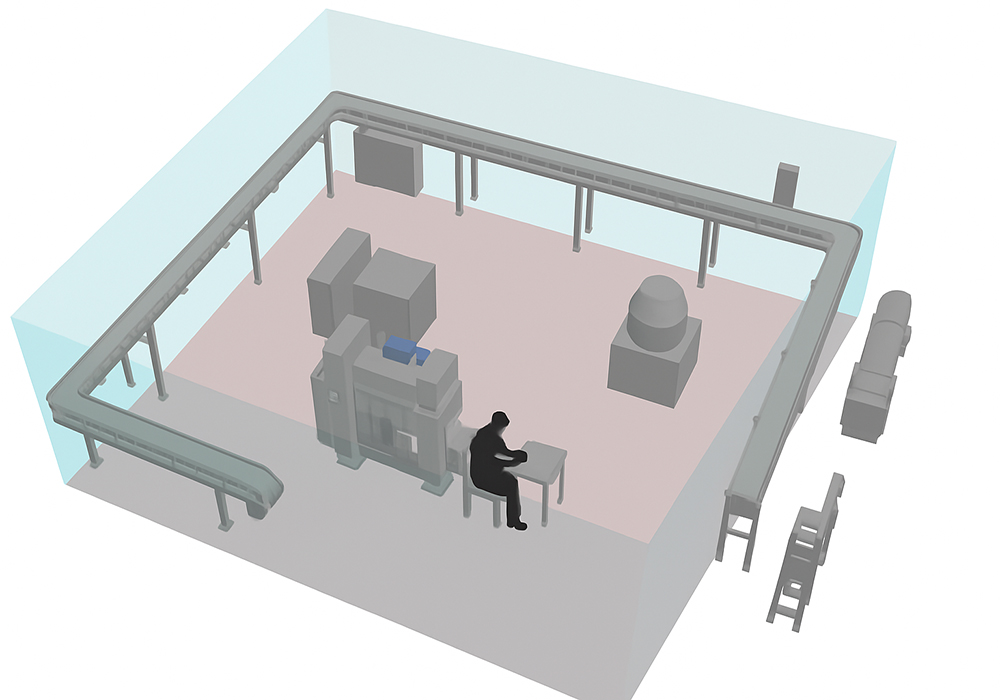
Option SET: Sound Emission & Transmission is an expert option used for the calculation of frequency spectra of radiated sound power determined from the technical parameters of a sound source. This option will help with the modelling of systems with multiple sound sources and radiating areas, reproducing their inner sound flux and transmission component to component.
Due to the complexity of CadnaR’s capabilities as well as the nature of the licensing models, we ask you to reach out so our engineers can build you a custom quote tailored to your exact needs.